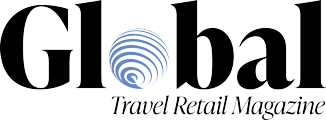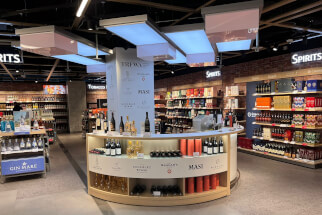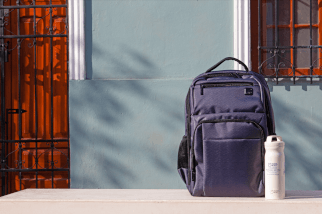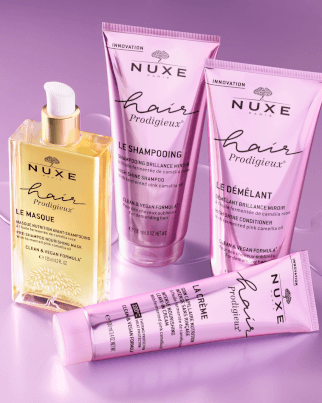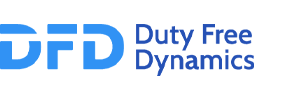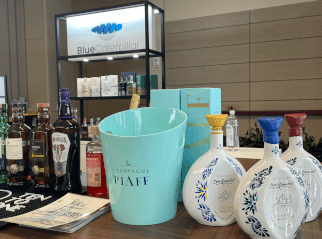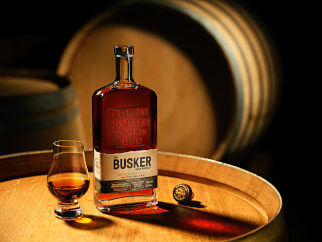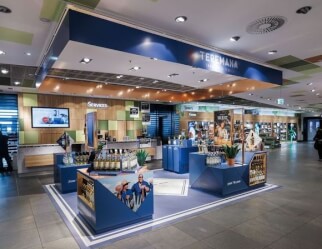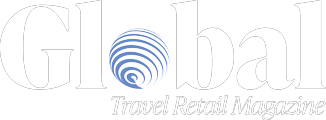The Monus story: A perfect blend
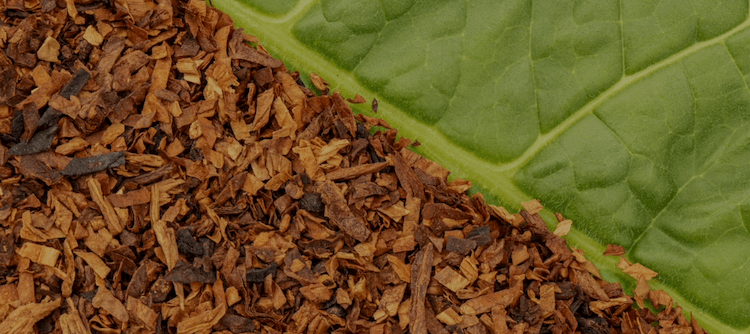
Monus' process starts by shredding a variety of tobacco leaves and stems mechanically to become tobacco cuts, at the rate of 4,000 kilograms of cut rag per hour
Monus is known for creating some of the best tobacco products in the world. Since its start almost two decades ago, the company has evolved to boast a 22,000 square meter production facility with modern equipment, warehouse space, a tobacco store and 200 employees. It exports nearly three and a half billion cigarettes annually on a mission to satisfy the tastes and expectations of all consumers.
Tatjana Agrez, Director of Export Department at Monus, tells Global Travel Retail Magazine (GTRM) that the company plans to continue its stride forward with cutting-edge technology and research guiding its way.
The tech behind the cigarette
Thirty years ago, as a wholesale consumable goods company, Monus saw an opportunity to develop and invest in the tobacco industry. The vision took off and by 2005, manufacturing and production was underway.
Agrez attributes Monus’ long history of success to its rigorous standards and perpetual research, combined with continuous investment in its production methods and facilities throughout the years. Keeping up with the changing times also ensures the production method is the most efficient and environmentally conscious, she says.
“When we think about technology, people do not traditionally associate it with cigarettes. But cigarettes are high-tech products. Cigarette production is highly sophisticated,” Agrez explains. “Thanks to our state-of-the-art facility, we have the capacity and expertise to blend a variety of character-rich tobacco from around the world – and we do this very well.”
Monus offers nine cigarette brands and more than 40 extensions which are exported globally directly from its factory in Belgrade, Serbia. The company’s biggest markets are North Africa and West Africa domestic market and duty free markets; the Middle East domestic market; Asia domestic and duty free; and Europe duty free market.
The Monus method
The Monus method uses eight full-automated production lines. The versatile blends for each market are produced at 10,000 cigarettes per minute on each line. The process starts by shredding a variety of tobacco leaves and stems mechanically to become tobacco cuts, at the rate of 4,000 kilograms of cut rag per hour. The cuts are then stored within the regulated period, rolled into cigarette paper and cut to the desired length. From here, the prepared cigarettes are packaged and sealed. Finished products are stored in the warehouse before distribution.
Agrez says the tobacco business is facing some difficulty due to the world-wide reduction in cigarette smokers as many are opting for non-combustible products. Agrez adds, however, that Monus’ constant investment in technology helps guarantee maximum automation, outstanding quality and blend flexibility.
“Every day, we dry with care, cut with precision and blend with dedication some of the finest tobacco varieties to satisfy our every customer,” Agrez says.
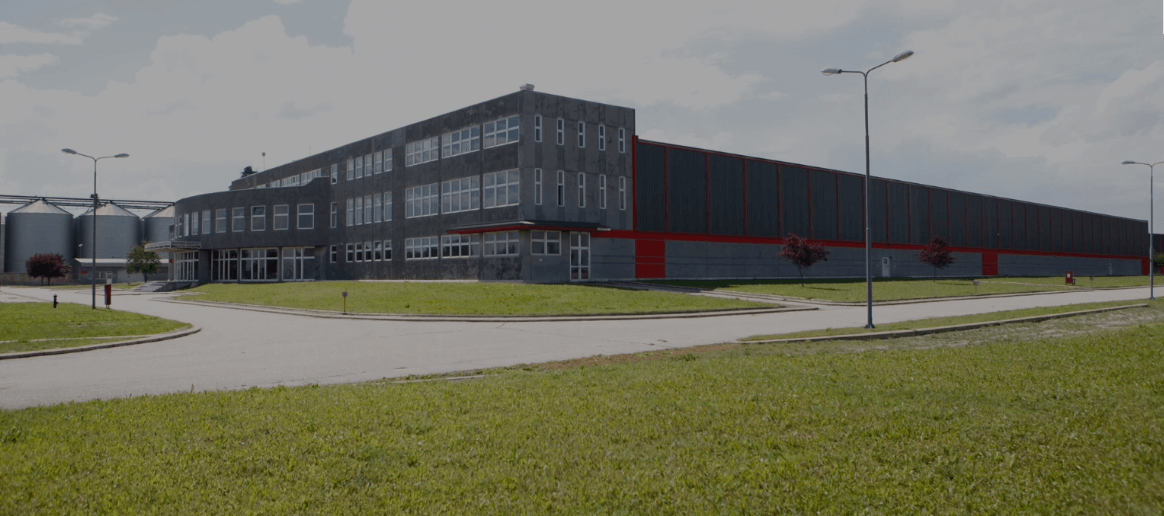
The Monus production facility in the Balkans covers more than 22,000 square meters, with 13,010 square meters used in production processes and 7,236 square meters of warehouse space and tobacco store
Blend and traceability
When asked about trends in the tobacco category, Agrez says the most obvious now is the global decline in smoking.
To overcome this, she says Monus maintain its mission to constantly innovate and deliver high-quality cigarettes.
“Our focus is mainly on blend to appeal to the diverse range of likes and tastes of our consumers,” she says, adding, “At Monus, we believe that tobacco users will stay cigarette smokers despite a range of other combustible and non-combustible products. It does not mean that tobacco products, such as cigarettes, are less attractive.”
The company is continuing its work with government authorities to fight illegal trade of tobacco products. Monus invests in track and trace systems to reduce counterfeit products which threaten brand integrity and consumer safety.
“Improving traceability in the supply chain minimizes the risk of these imitations, prevents the sale of illegal imports or stolen goods, and simultaneously helps producers to avoid fraud in their drawback systems. Tracking products from source to shelf ensures that goods pass through legitimate distribution and retail channels and allows consumers to verify the authenticity of the products they buy,” Agrez explains.
Monus mourns the loss of Founder Dejan Stanković
Amid its successes, Monus tells GTRM the company is mourning the loss of its Founder, Dejan Stanković.
Agrez says, “I am truly saddened to inform you of the passing of our Founder Dejan Stanković who passed away in December at his home surrounded by his loving family after a long and courageous battle with cancer.
Dejan was a brilliant and visionary leader whose goal-setting made it possible for the group to be where it is today.
Dejan’s outgoing personality, sense of humor, boundless talents, energy, tenacity and ability to aim high and reach achievements will be immensely missed across all levels in the group.”
